Inspiration: Atton Conrad
Sprint Campaign: http://lightpaintingphotography.com/?s=sprint
Tripod use
- Spread the legs out and make sure the tripod is stable. Use the height from the legs before using the neck of the tripod. Put one leg forward and the two legs on your side.
- Put the plate on the camera and make sure that the lens arrow is pointing towards the lens. Insert the plate into the locking mechanism and make sure that the camera is secure.
- Use the camera timer and DO NOT TOUCH the camera or the tripod during the exposure.
Considerations for painting with light:
1. Use a tripod
2. Use Manual as the shooting mode.
3. Set the ISO to 100
4. Set the aperture to f/11 as a starting point to get a wide range of depth of field.
5. Set the shutter speed to 2″ as a starting point.
6. Use manual focus. Make sure the subject is in focus. To do this shine a light on the subject and use auto focus. Then flip the lens back to MF. Remember that if the distance of the subject to the camera changes, you need to refocus!
Mixing Strobe Lights or Flash with Painting with Light
The aperture controls the exposure of whatever is lit by the strobe lights.
The shutter speed controls the illumination of the background.
Lab
Working with a light or lights, draw an image over time in the frame. Experiment with thin and thick lines, abstraction, words, and images.
Using a speedlite, add a person to your shot. the more the subject and the light painting interact, the more successful your photos will be.
Upload a minimum of 20 images to Flickr. Send your best two to the class group.
Quiz Review
There will be three technical questions. Possible topics: light quality and direction, still life lighting rules, roles of the main and fill lights, difference between a reflected and an incident light meter, portrait lighting styles, wide angle distortion, three-point lighting.
There will be a compare and contrast of two photos which will be graded on correct use of vocabulary including portrait lighting styles: Rembrandt, split, butterfly, broad and short light and rule of thirds, diagonal lines, leading lines, pattern, symmetry, figure to ground, contrast of light and dark, a frame within a frame, depth of field, angle of view.
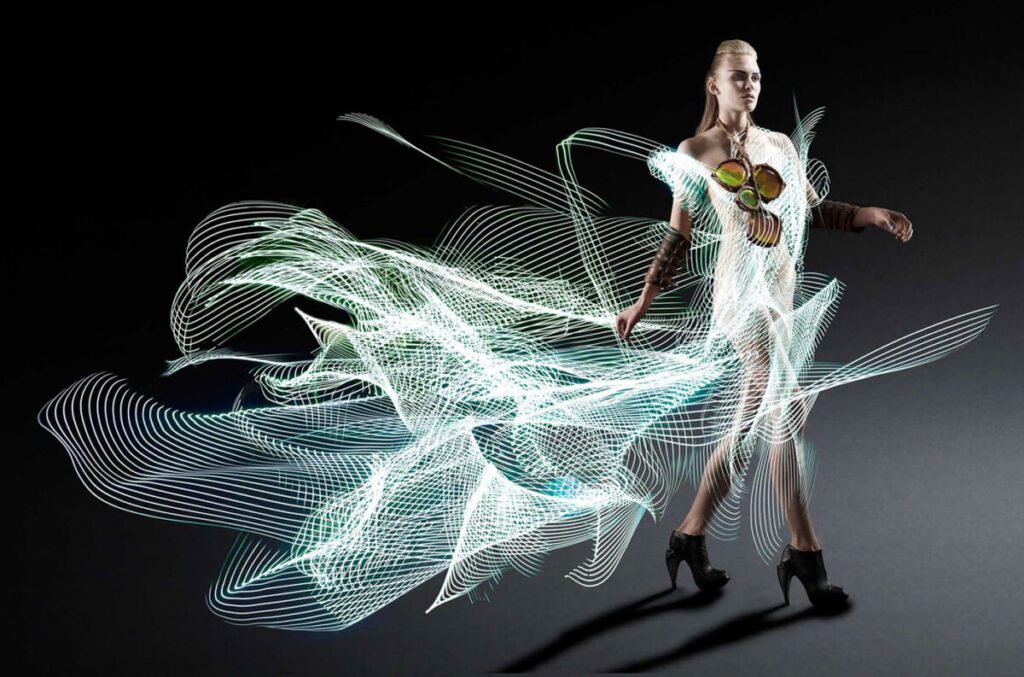
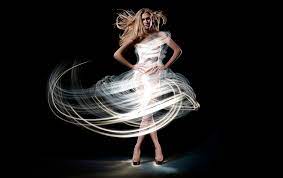
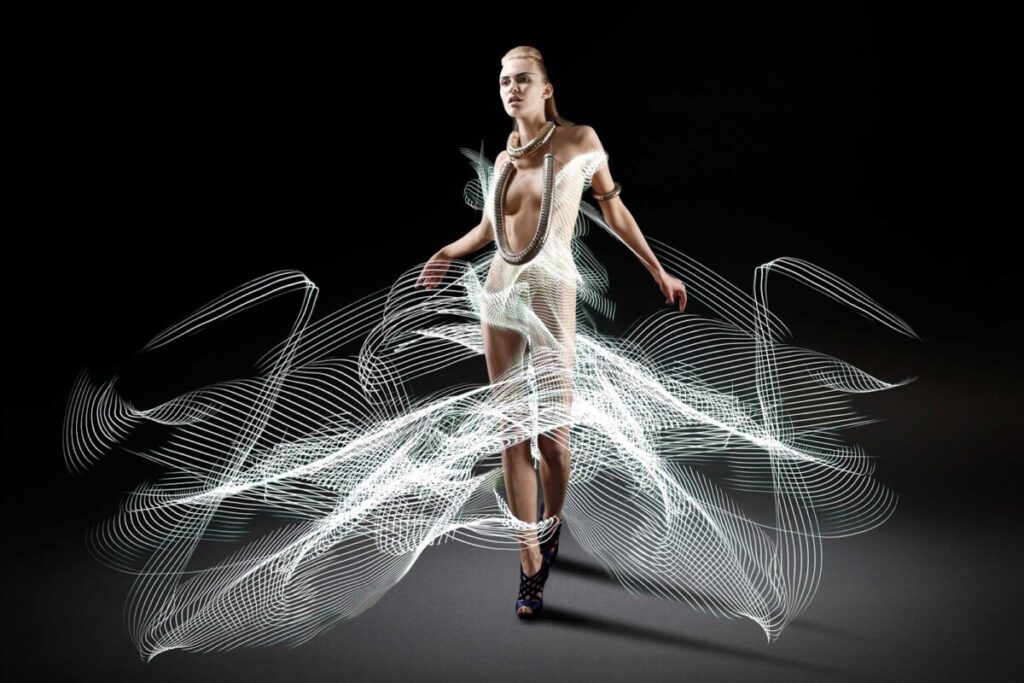
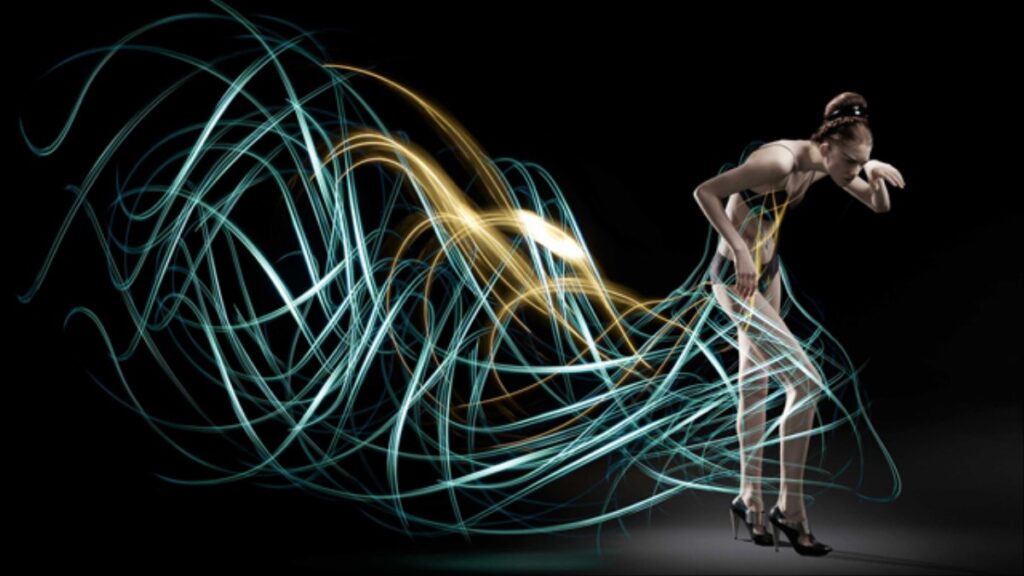
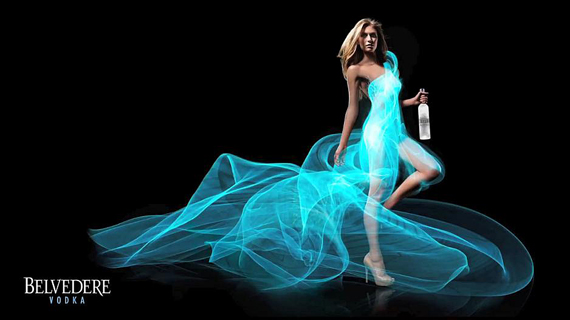

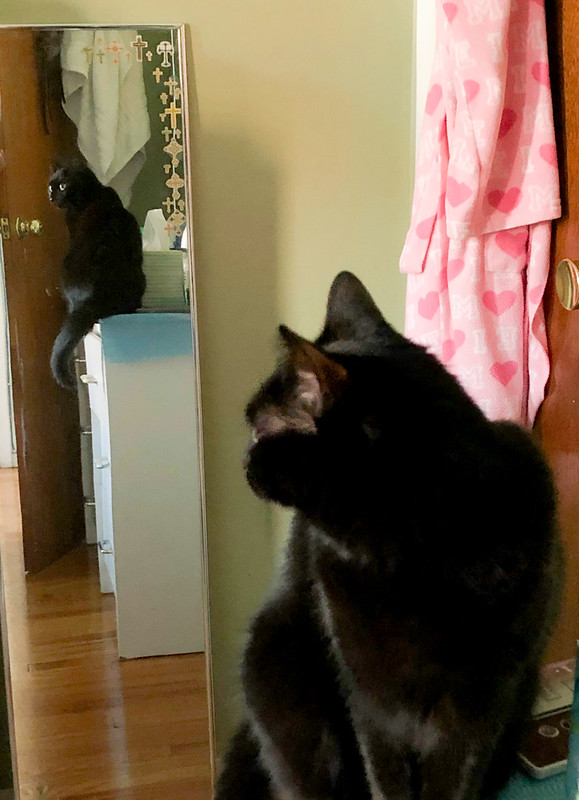
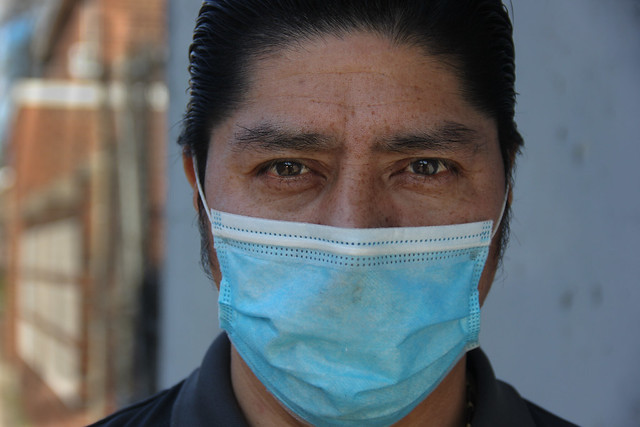
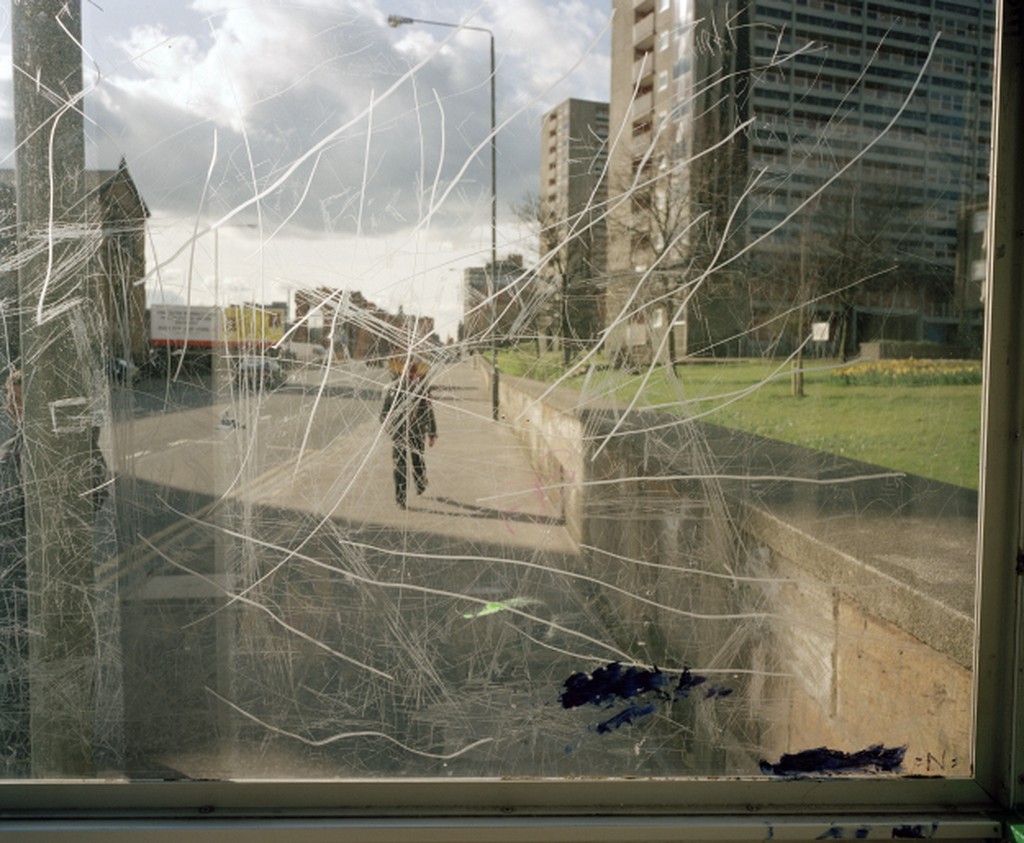

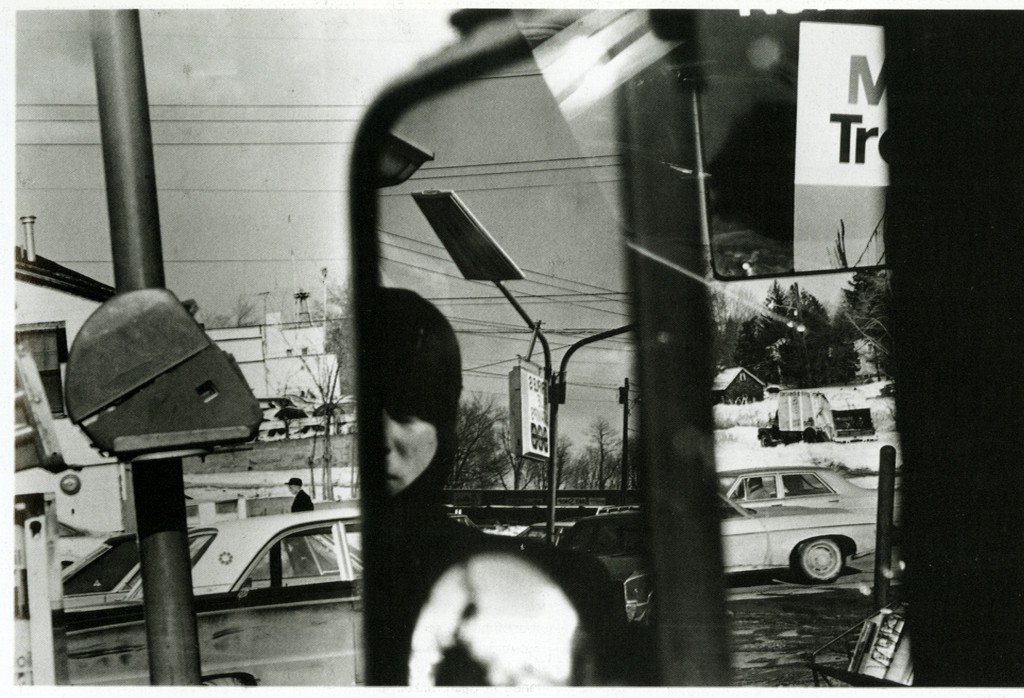
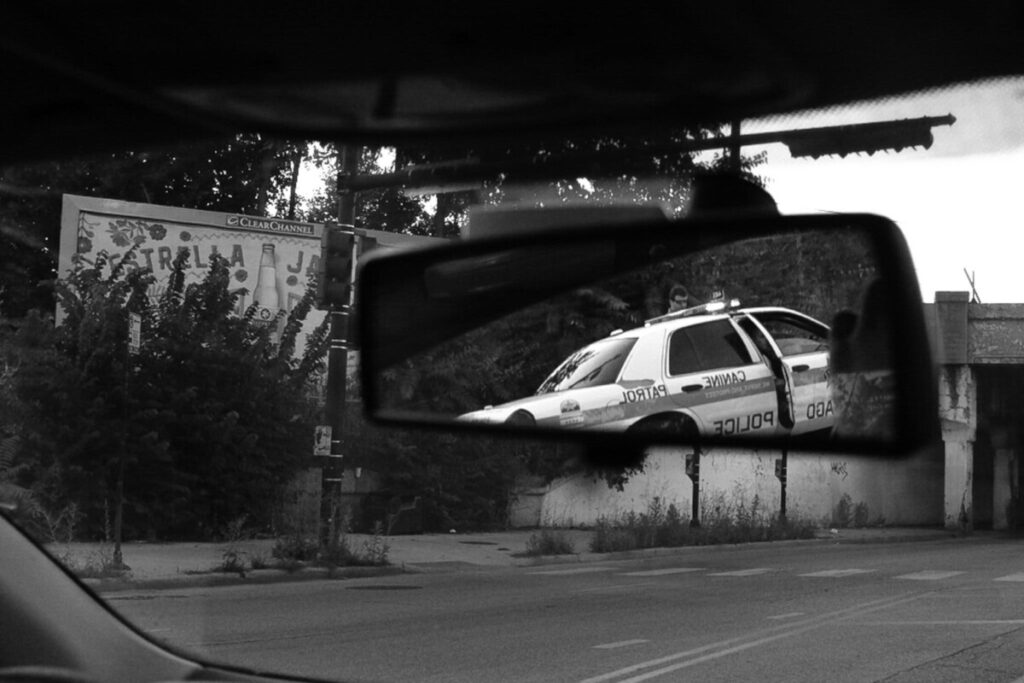



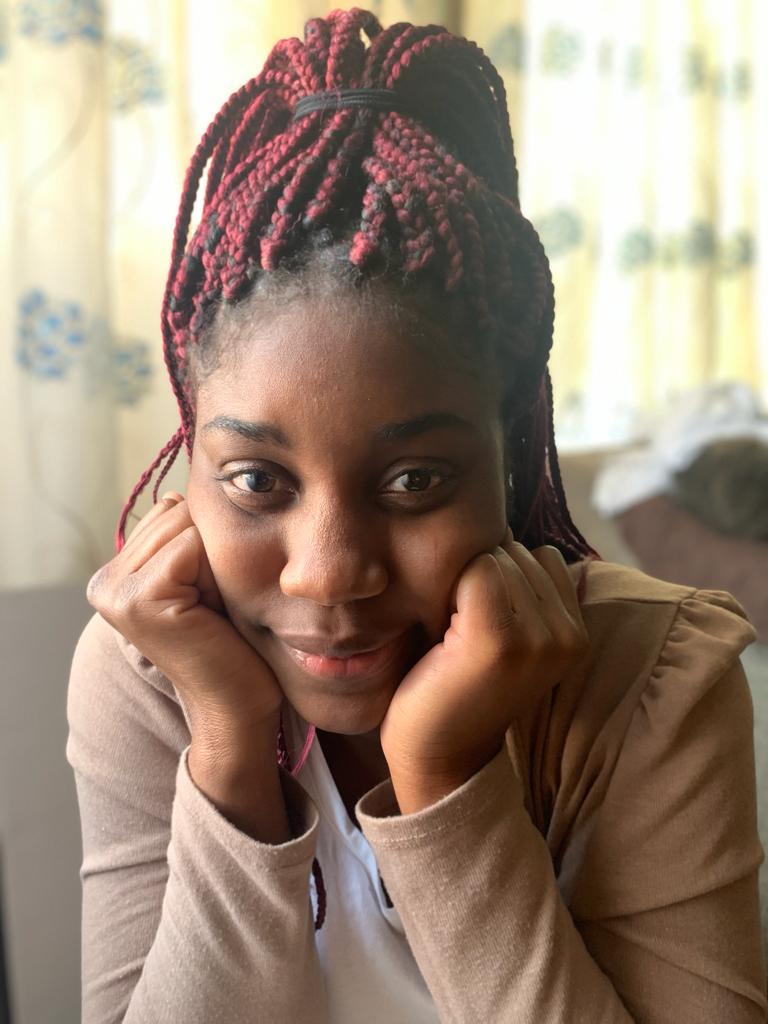
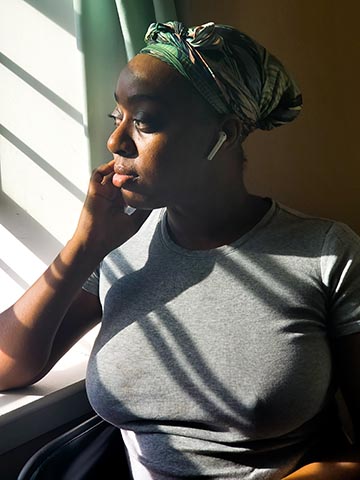
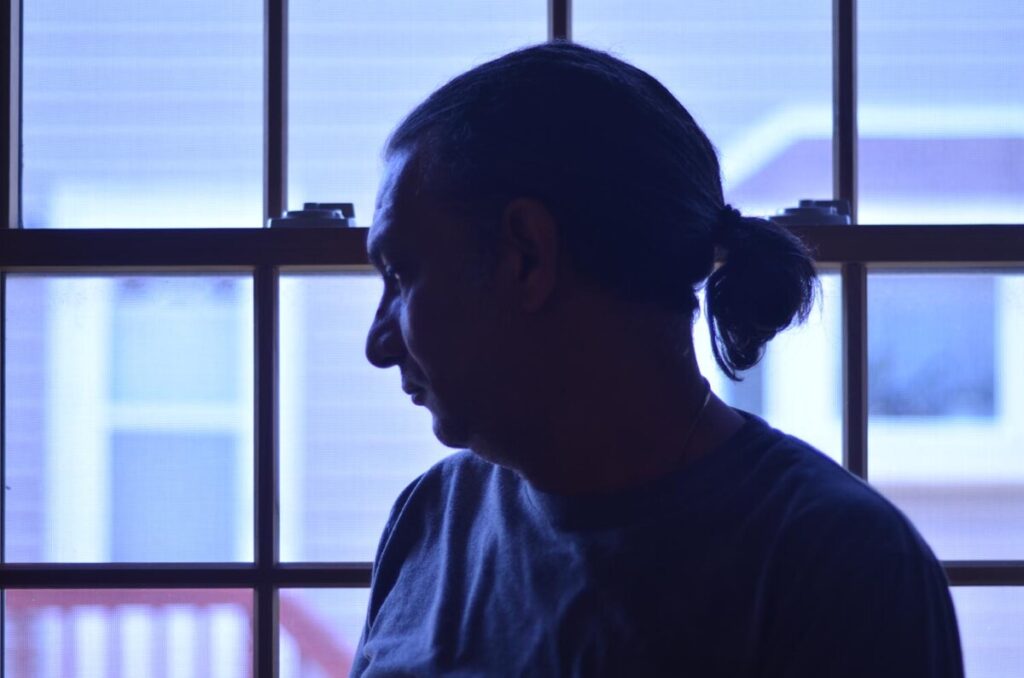
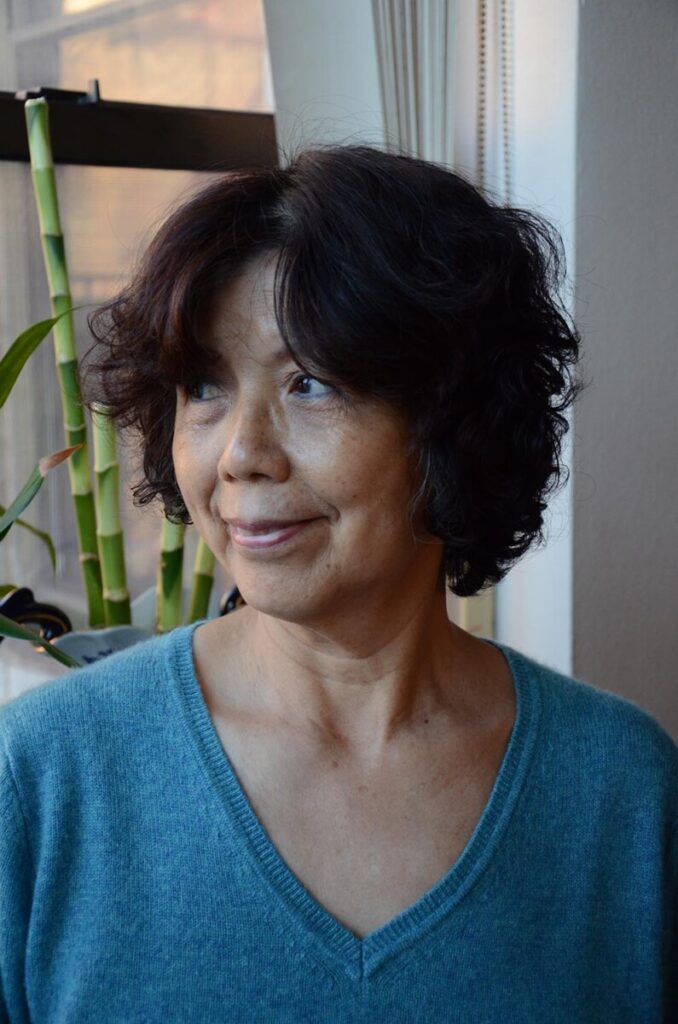




Recent Comments